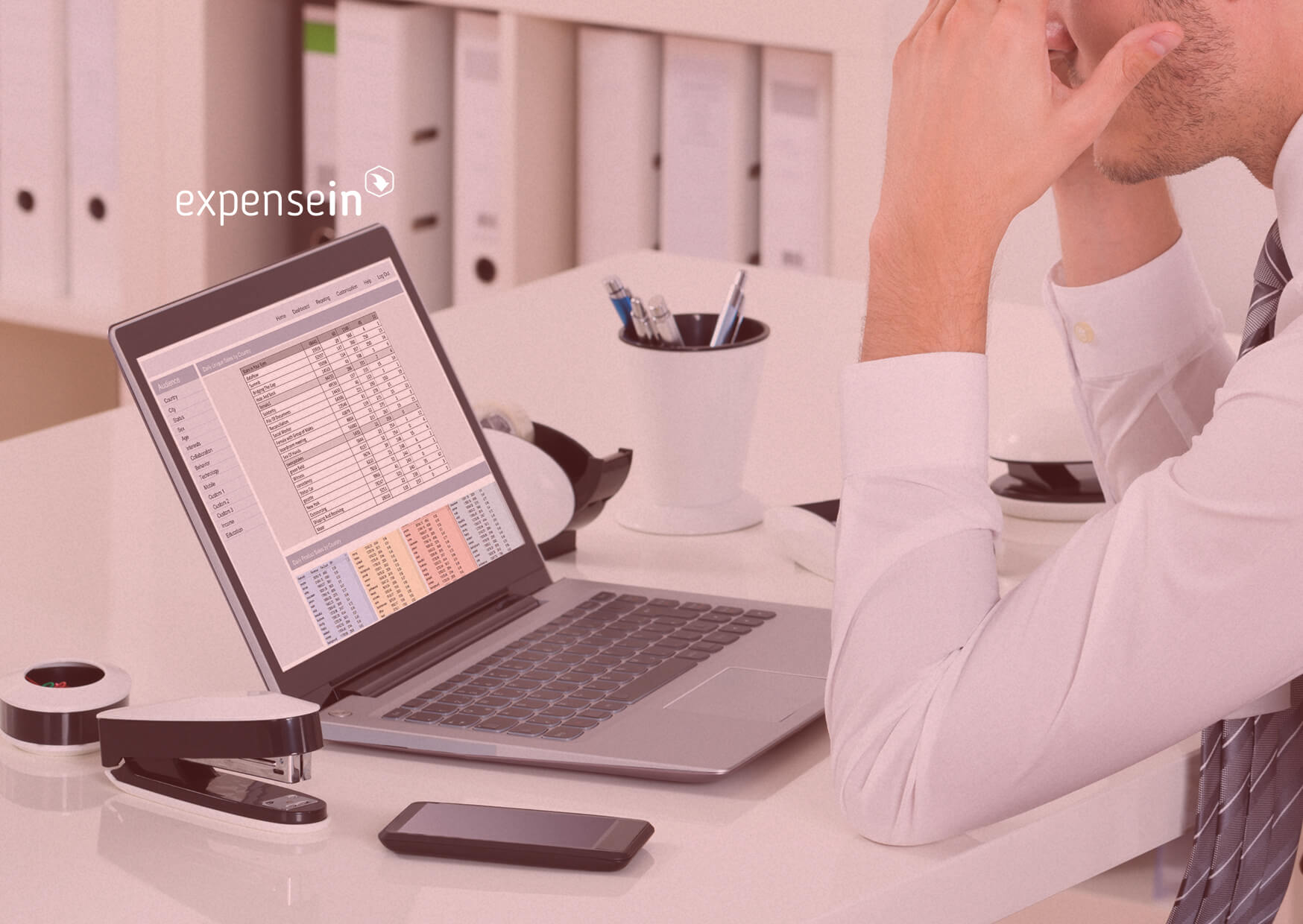We've recently published an updated article on this topic, providing the latest insights and information.
The way we do business nowadays has changed a great deal compared to decades ago. As businesses have evolved, so have the types of expenses being incurred, as well as attitudes towards expenses and the technology used to properly manage these. In this article, we take a look at these changes to understand the direction expense management is travelling in, some of its history and where we are now.
 Image: ©patpitchaya via canva.com
Image: ©patpitchaya via canva.com
Manual Expenses Accounting Processes
Traditionally, when businesses and operating models were much simpler, people recorded their expenses either by hand in notebooks or even perhaps knew their expenses by heart and processed them in quite simple ways.
Some companies operated a petty cash system (though admittedly, petty cash has not been totally phased out by companies) which involved handing over cash to employees who would spend that cash as agreed and then submit a receipt to the employer afterwards to confirm the purchase.
Some businesses still choose to record and process expenses manually and this method does work to some extent. For example, sole traders may want to keep their accounting processes as simple as possible and may not see any benefit in going digital. A sole trader or a family-run business may feel that automated methods of recording and processing are unnecessary because they are the only staff in the business or there is sufficient mutual trust and understanding among existing staff.
Also, where the types of expenses are quite straightforward, simple, repetitive and where amounts hardly change then there may be some benefits to using manual systems.
Moving Towards Automation
That being said, it is undeniable that there is now a real move towards more productivity, transparency, efficiency and automation in the way expenses are recorded and processed. The complex structures and processes of modern-day businesses have meant that time-consuming and reactive manual expenses systems are simply not suitable.
Businesses are now moving firmly towards using SaaS platforms and other cloud-based software to manage their purchases, receipts, invoices and other expenditure, not because this technology has become a trend, but more for the real benefits they stand to gain from using expense management software.
Digital systems are more suitable for modern businesses in need of quick, efficient and accurate ways to handle the complex processes of monitoring outgoings. This applies to a variety of situations, for example:
Instances where travel expenses may previously have been limited to the UK, staff are now working all over the globe and incurring costs on behalf of the company in many different currencies.
Employees also now have different working patterns and businesses need intuitive systems that are able to capture the various data from staff working at various remote locations outside of the office premises.
Recording the different types of expenses, which have become quite complex and now include items like communication costs over various wireless networks and devices.
Eliminating human error which can sometimes arise when expenses are being calculated, submitted and processed, and which means that businesses are losing money needlessly.




